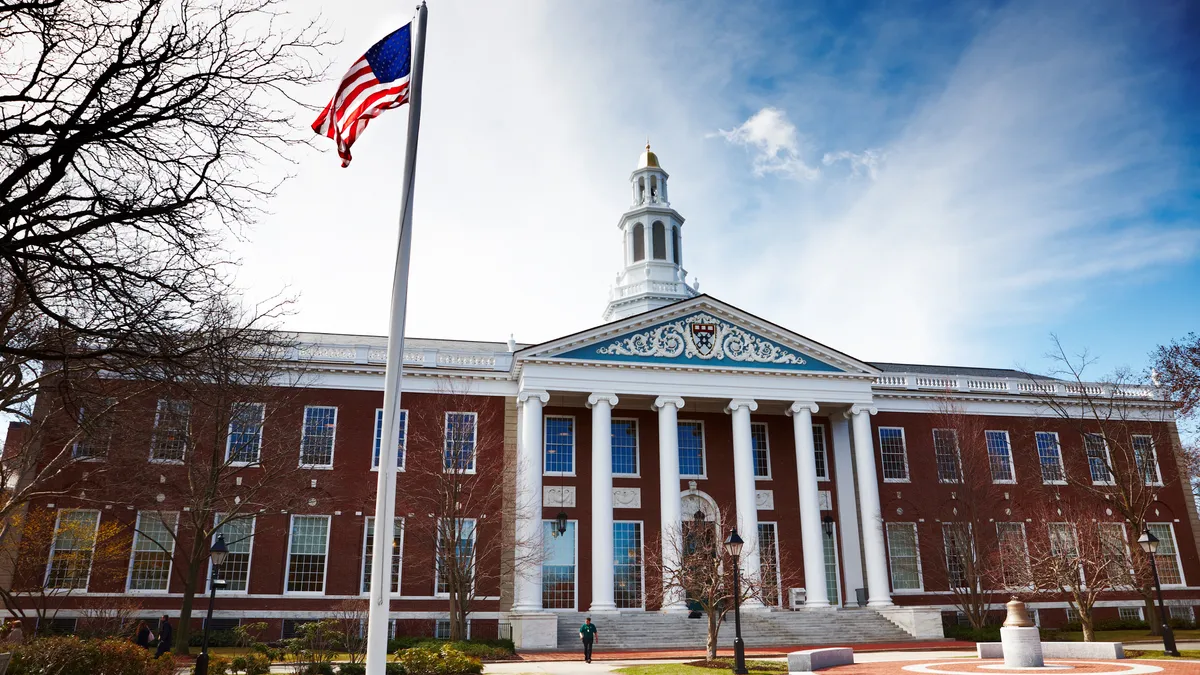Dive Brief:
- The Boston Planning and Development Agency (BPDA) has approved Harvard University's initial plan for a 36-acre Enterprise research Campus (ERC), according to the Boston Real Estate Times.
- The project, which will be located next to the university's new science and engineering building and across the street from Harvard Business School, will include a new 900,000-square-foot, mixed-use development with office and laboratory space, residences, hotel and conference center. Harvard will also build new below-ground infrastructure, streets, a 50-foot-wide pedestrian promenade, a state-of-the-art stormwater system and a greenway to the Charles River.
- The university plans to attract both for-profit and nonprofit organizations to collaborate in the ERC. Harvard officials said the BPDA green light is just the first of many approvals and reviews to come and that it will partner with outside companies to develop the first 14 acres of the project.
Dive Insight:
Rather than build a significant project like the ERC on its own, Harvard is doing what other major universities and colleges are doing: relying partially on private sector-expertise to help them develop major new university assets or execute on significant capital programs.
Earlier this month, officials at Kent State University in Kent, Ohio, announced it would embark on a 10-year, $1 billion campus construction and renovation project in three phases. The work will include adding a $73 million business administration building and a $45 million innovation hub and dining area, but Kent State is taking on a private-sector partner as part of a public-private partnership (P3) for a $21 million mixed-use development that will connect the university to downtown. University officials said they might also consider a P3 to build the business administration building.
The University of Massachusetts Dartmouth also has tentative plans to use a P3 for part of its massive campus renovation. The overhaul will see the replacement of older buildings with modern structures that promote collaboration, new athletic and recreational facilities and a new student activity center. University officials said they will turn to the private sector to replace, renovate and manage all or some of the school's existing 4,500 student housing capacity. As part of the project, first-year student housing would be replaced first, and the P3 would also build a new dining space and connected STEM classrooms.













